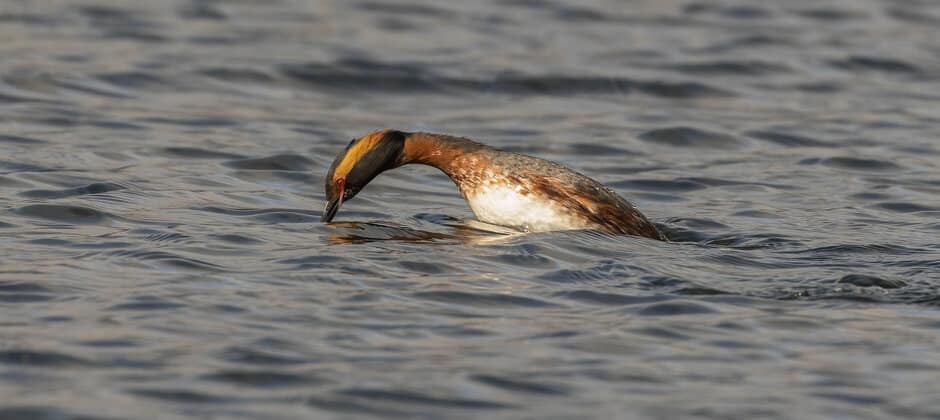Share this article
Analysis finds large data gaps for a third of world’s seabirds
Despite an improving global picture on the range of seabirds, large gaps in data exist for dozens of threatened and endangered species.
According to new analysis, researchers lack knowledge on the distribution of about a third of seabirds, spanning every continent.
“There is no part of the earth where all the species are completely tracked,” said Alice Bernard, a PhD student at Reconciling Ecological and Human Adaptations for Biosphere-based Sustainability (REHABS), an international research laboratory run by the French National Center for Scientific Research (CNRS), the University of Lyon in France and Nelson Mandela University in South Africa. “There’s still the need for research everywhere.”
In a study published recently in Conservation Letters, Bernard and her co-authors examined nearly 1,000 publications, extracting data from about 600 of them. “We had no idea how much work it would be to collect all the information,” Bernard said. “There had been a lot of seabird tracking over the last few decades but no overview about what the data actually covered geographically, and in terms of which species had been studied.”
white terns (left, Gygis alba) and cape petrels (right, Daption capense) are among species lacking range data. Credit: David Grémillet (tern) and Jérémy Tornos (petrel)
Out of 363 seabird species in the world, Bernard and her colleagues could only find range information for 216 of them.
Many of the data deficient species are considered threatened or endangered. Some 54 species considered vulnerable, threatened or endangered by the International Union for Conservation of Nature had no published records tracking their range, including species like Craveri’s murrelets (Synthliboramphus craveri), and Saunders’s gulls (Saundersilarus saundersi). The list also included species considered endangered in North America like ashy storm-petrels (Hydrobates homochroa) and horned grebes (Podiceps auritus).
While not considered vulnerable, even highly charismatic species like tufted puffins (Fratercula cirrhata) lack distribution data.
The researchers also found very little data on an additional 19 species, including pink-footed shearwaters (Ardenna creatopus), and short-tailed albatrosses (Phoebastria albatrus) found in the Pacific Coast of North America.
But while data for many species was deficient, the researchers found that studies on seabird range began greatly increasing in the mid-2000s with the advent of new tracking technology and smaller devices.
“Tracking has been essential in opening this field of ecology on seabirds,” said David Grémillet, a senior researcher at the French National Center for Scientific Research (CNRS) and a co-author on the paper.
The researchers also found some species were well-tracked, including northern gannets (Morus bassanus), black-legged kittiwakes (Rissa tridactyla), and Adélie penguins (Pygoscelis adeliae). Grémillet said that the high level of research in these cases is justified because they are part of long-term programs. Understanding how ranges change over time for some abundant species can reveal information about seawater temperatures and climate change.
A graph depicts the number of publications for seabirds, divided by family, per year of data collection. Credit: Bernard et al. Conservation Letters.
“It was a real eye-opener for how the ocean has changed,” he said.
Both researchers hope that this study can be used as a blueprint for filling in the blanks on seabirds that lack published range information. “We provided guidance for the research community on what should be done now,” Grémillet said.
Some of this data may be out there already but hasn’t yet been published in a study. Grémillet noted that their analysis found there was a four-year gap on average from when the data for ranges was collected and when it was published in a peer-reviewed study.
Northern gannets (left, Morus bassanus) and wandering albatrosses (right, Diomedea exulans), are among the well-tracked species. Credit: Alice Bernard (gannet) and David Grémillet (albatross)
Header Image: Horned grebes are among the species that lack published range data. Credit: Deborah Freeman








